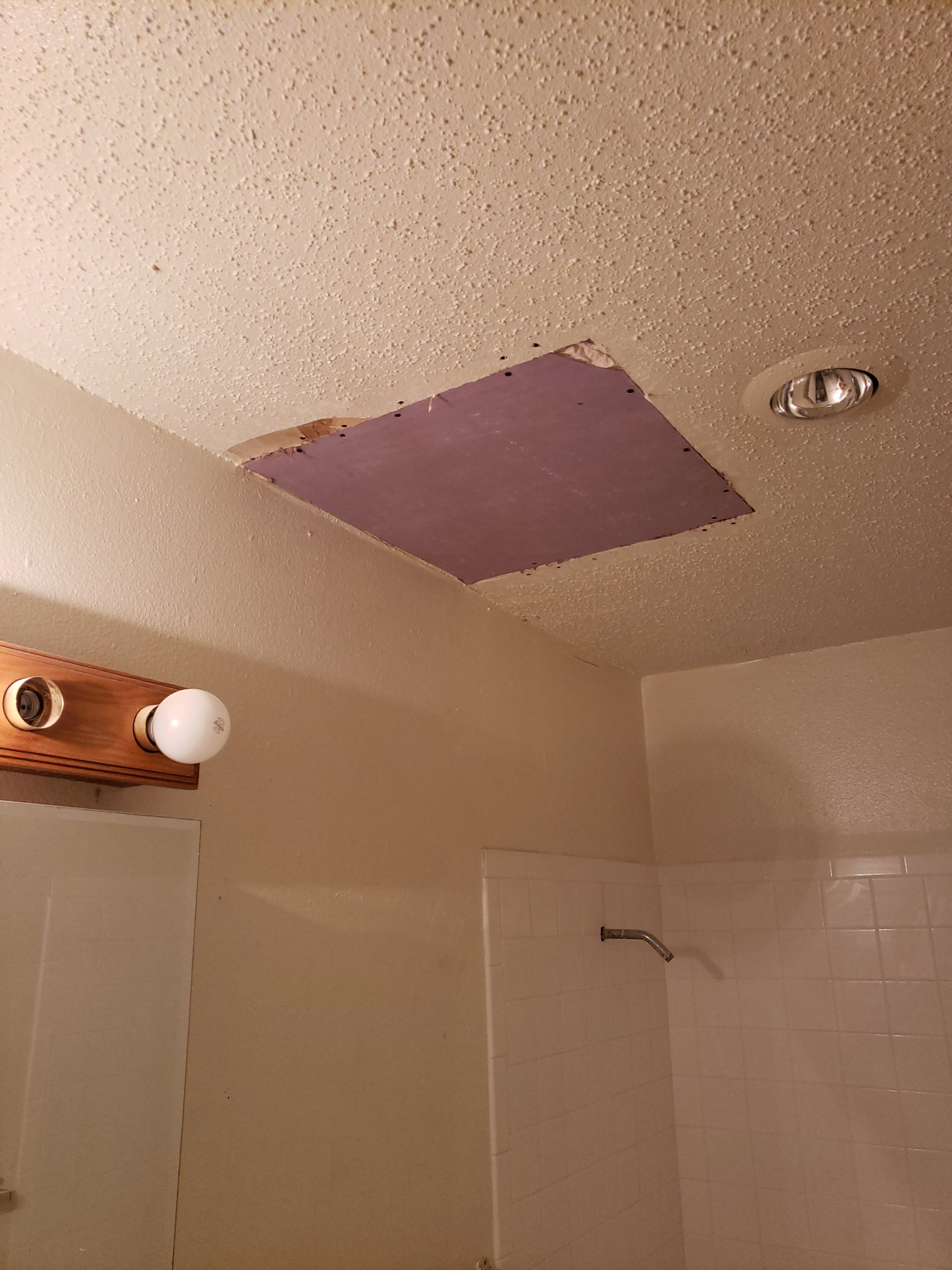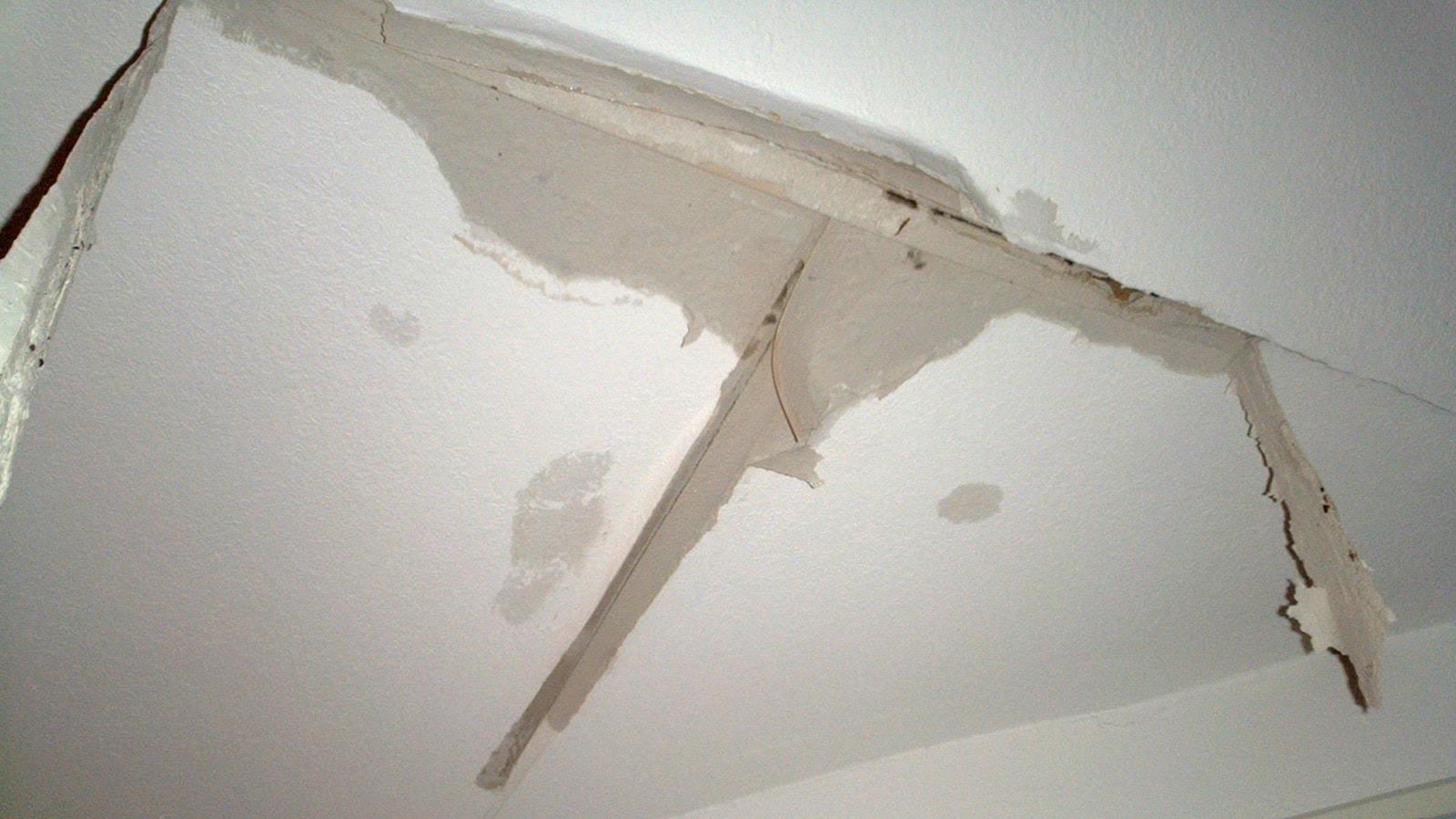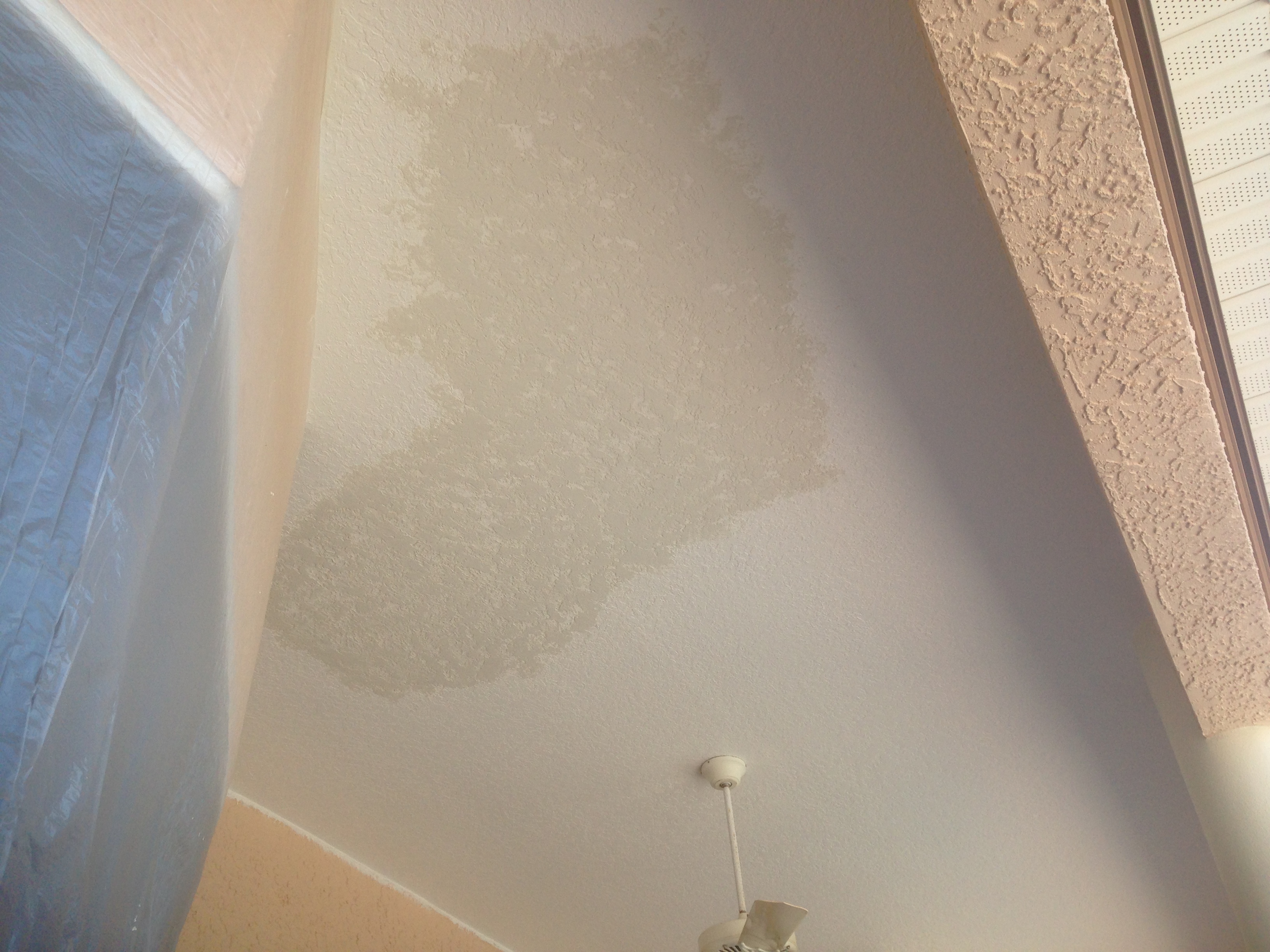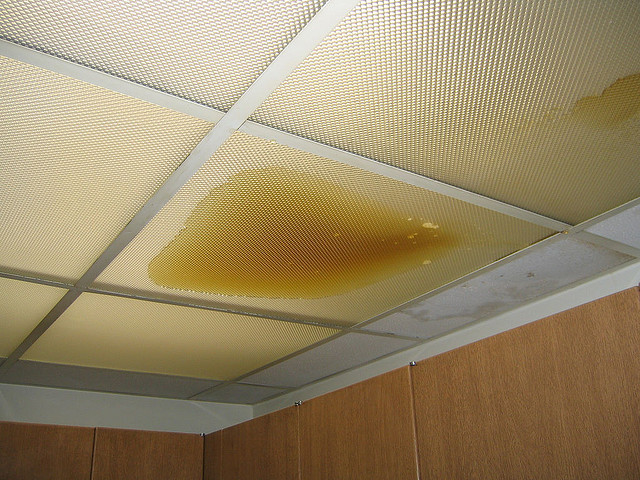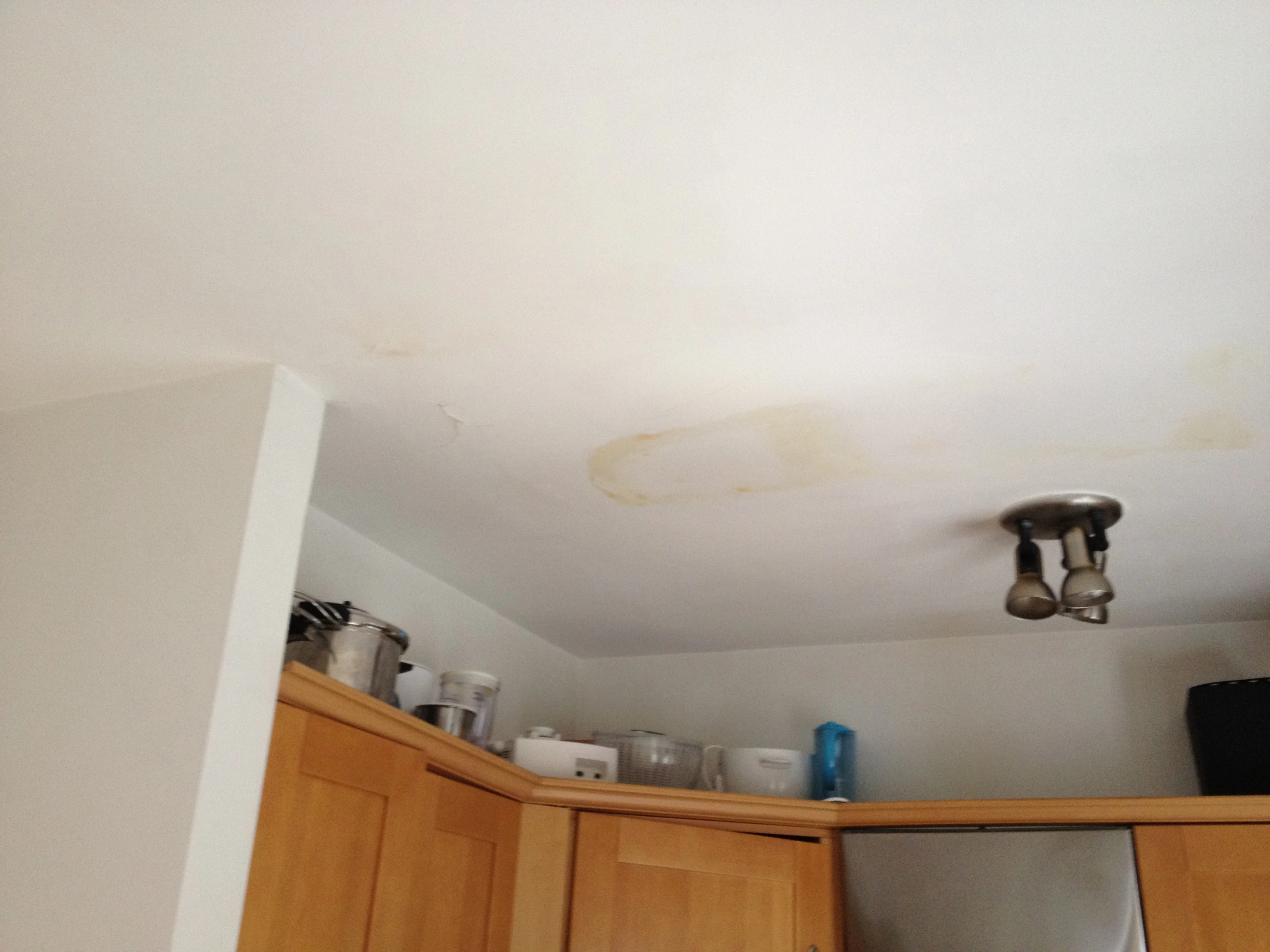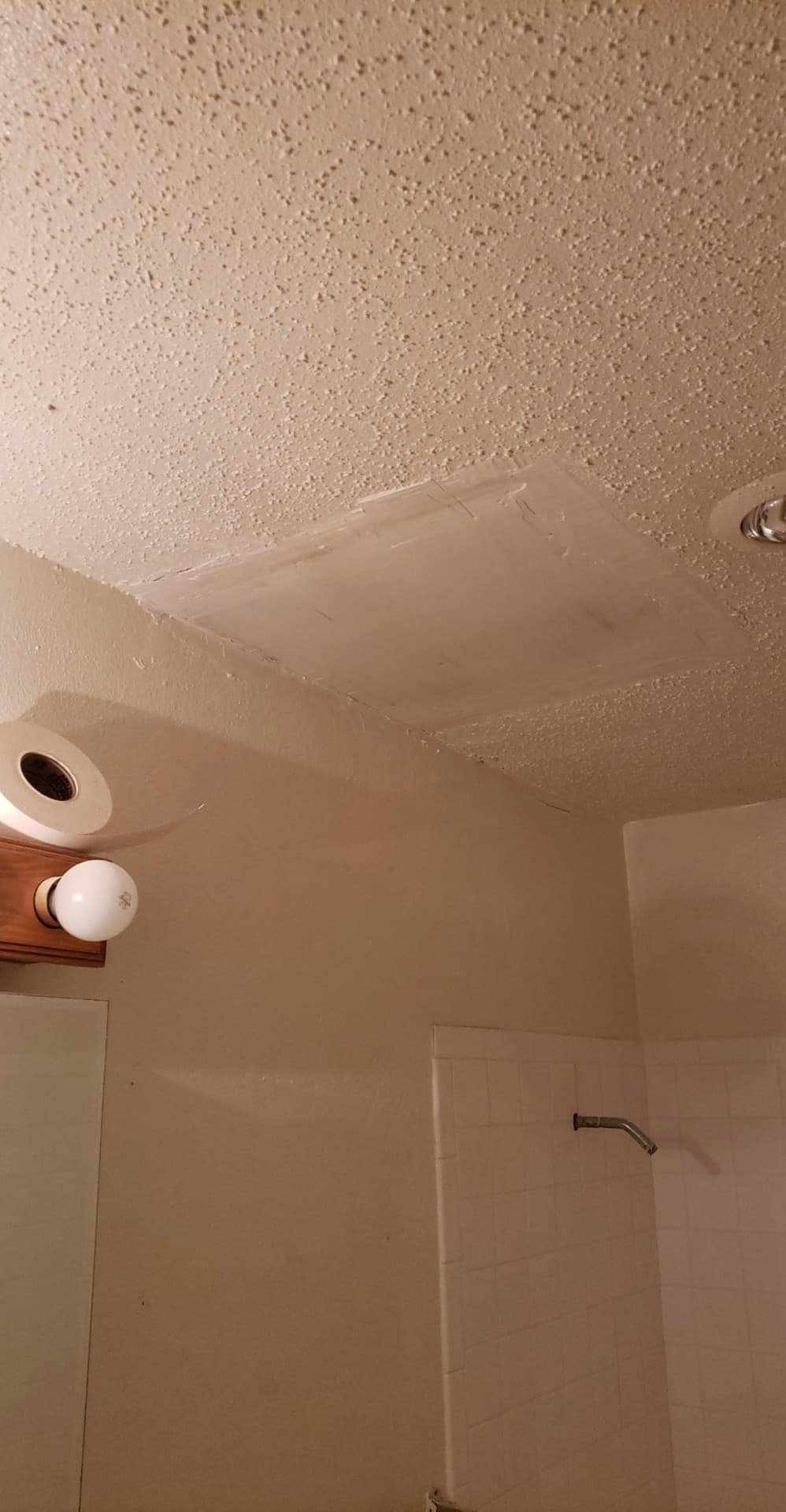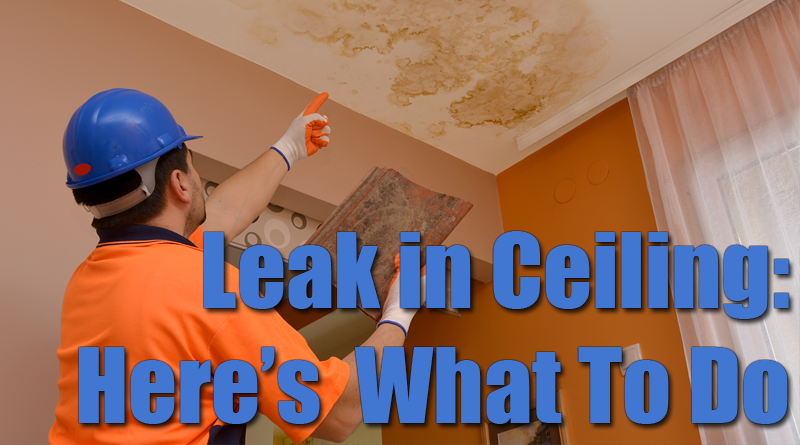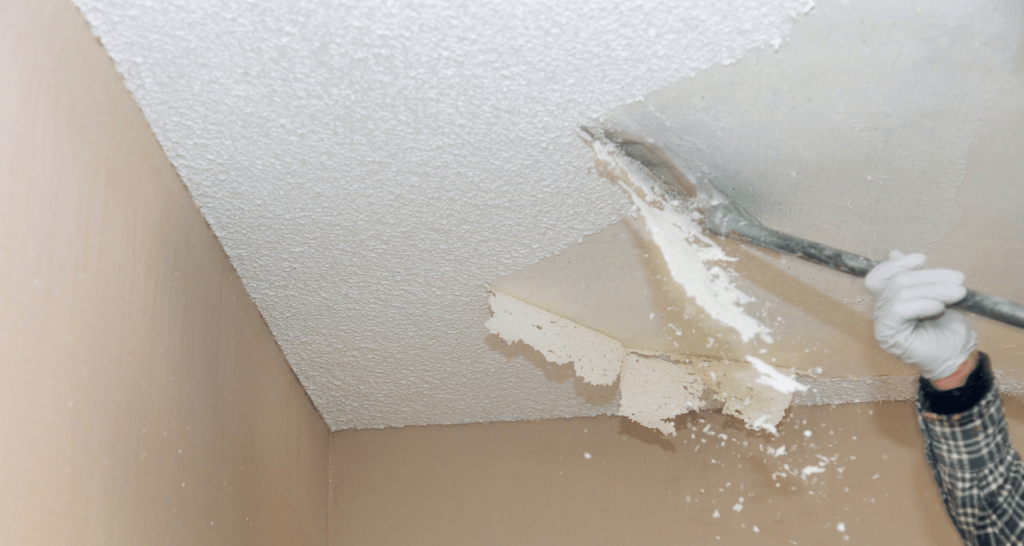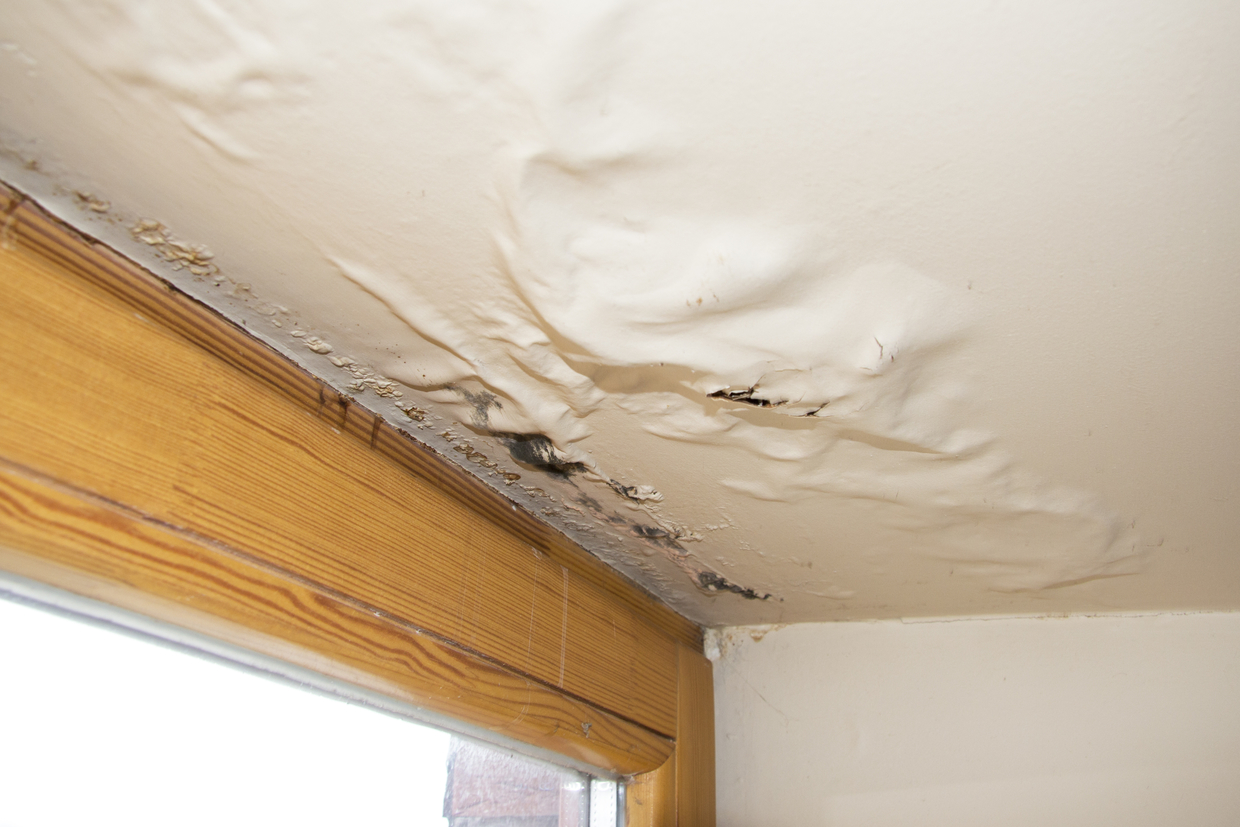If you're reading this article, chances are you're dealing with a leaking living room ceiling. This can be a stressful and frustrating situation, but don't panic - there are solutions to this problem. In this article, we'll go over the top 10 things you need to know about fixing a leaking living room ceiling, from detection to prevention. Ceiling Leak Repair: Tips to Fix Your Leaking Living Room Ceiling
The first step in fixing a leaking living room ceiling is identifying the source of the leak. This can be tricky, as the water may not be coming directly from where it's dripping. Look for any visible signs of damage, such as discoloration or sagging in the ceiling. You can also use a flashlight to check for any wet spots or mold growth. Once you've identified the source, it's time to take action.Ceiling Repair: How to Identify and Fix the Problem
In some cases, the source of the leak may not be obvious. This is where professional tools and techniques come in handy. Moisture meters and infrared cameras can help pinpoint the exact location of the leak. If you don't have access to these tools, you can also try using a water hose to simulate rain and see where the water is entering your living room ceiling.Ceiling Leak Detection: Tools and Techniques to Find the Leak
Prevention is always better than a cure, especially when it comes to ceiling leaks. Regular inspections of your living room ceiling can help you catch any potential issues before they turn into major leaks. Look for signs of water damage, cracks, or gaps in the ceiling. You should also check your roof for any damage or clogged gutters that could be causing the leak.Ceiling Leak Inspection: Importance of Regular Maintenance
If your living room ceiling is already showing signs of water damage, don't delay in addressing the issue. The longer you wait, the more extensive the damage will become. Not only can a damaged ceiling be unsightly, but it can also be a safety hazard. Water can weaken the structure of the ceiling and cause it to collapse if left untreated for too long.Ceiling Leak Damage: What to Do if Your Ceiling is Already Damaged
Understanding the possible causes of a leaking living room ceiling can help you prevent it from happening again in the future. Some common culprits include roof damage, clogged gutters, plumbing issues, and condensation. Knowing the root cause of the leak can also help you determine the best solution for fixing it.Ceiling Leak Causes: Common Culprits Behind a Leaking Ceiling
Once you've identified the source of the leak, it's time to fix it. The solution may vary depending on the cause of the leak. For example, if it's a plumbing issue, you may need to call a plumber to fix the leaky pipe. If it's a roof issue, you may need to hire a professional roofer to repair any damage. In some cases, a simple patch or sealant may do the trick.Ceiling Leak Solutions: How to Fix a Leaking Living Room Ceiling
Now that you've fixed the leak, it's important to take steps to prevent it from happening again. Regular maintenance, such as cleaning gutters and inspecting the roof, can go a long way in preventing future leaks. You may also want to consider investing in ceiling leak detectors, which can alert you to any potential issues before they become major problems.Ceiling Leak Prevention: Tips to Keep Your Ceiling Leak-Free
Aside from the obvious dripping water, there are other signs that your living room ceiling may be leaking. These include water stains, mold growth, musty odors, and peeling paint or wallpaper. Keep an eye out for these signs and take action if you notice any of them.Ceiling Leak Signs: How to Tell if Your Ceiling is Leaking
Dealing with a leaking living room ceiling can be a hassle, but with the right knowledge and action, you can fix the problem and prevent it from happening again in the future. Remember to regularly inspect and maintain your ceiling and address any issues promptly to avoid costly damage. By following these top 10 tips, you can keep your living room ceiling leak-free and enjoy a stress-free home. Ceiling Leak Repair: Conclusion
The Importance of Maintaining Your Home's Structure

The Role of the Ceiling in House Design
 Your living room ceiling is an essential part of your home's structure, playing a crucial role in its overall design. Not only does it provide protection from the elements, but it also contributes to the aesthetic appeal of your living space. A well-maintained ceiling can enhance the value of your home and create a comfortable and inviting atmosphere.
Your living room ceiling is an essential part of your home's structure, playing a crucial role in its overall design. Not only does it provide protection from the elements, but it also contributes to the aesthetic appeal of your living space. A well-maintained ceiling can enhance the value of your home and create a comfortable and inviting atmosphere.
Signs of a Leaking Ceiling
 One of the most common and concerning issues that homeowners face is a leaking ceiling. This can be caused by a variety of factors, such as roof damage, plumbing issues, or even excess moisture in the air. The first sign of a leaking ceiling is usually water stains or discoloration on the surface. You may also notice a musty odor or mold growth, which can indicate a more significant problem.
One of the most common and concerning issues that homeowners face is a leaking ceiling. This can be caused by a variety of factors, such as roof damage, plumbing issues, or even excess moisture in the air. The first sign of a leaking ceiling is usually water stains or discoloration on the surface. You may also notice a musty odor or mold growth, which can indicate a more significant problem.
The Dangers of Ignoring a Leaking Ceiling
 While a small water stain on your ceiling may not seem like a big deal, ignoring it can lead to serious and costly consequences. A leaking ceiling can compromise the structural integrity of your home, causing damage to the walls, floors, and even the foundation. The longer you wait to address the issue, the more extensive and expensive the repairs will become.
While a small water stain on your ceiling may not seem like a big deal, ignoring it can lead to serious and costly consequences. A leaking ceiling can compromise the structural integrity of your home, causing damage to the walls, floors, and even the foundation. The longer you wait to address the issue, the more extensive and expensive the repairs will become.
Proper Maintenance for Your Ceiling
 To avoid the headaches and expenses of a leaking ceiling, it is crucial to prioritize proper maintenance. Regularly inspecting your ceiling for any signs of damage or leaks can help catch and address issues early on. It is also essential to address any water damage or leaks immediately to prevent further damage.
To avoid the headaches and expenses of a leaking ceiling, it is crucial to prioritize proper maintenance. Regularly inspecting your ceiling for any signs of damage or leaks can help catch and address issues early on. It is also essential to address any water damage or leaks immediately to prevent further damage.
Professional Help for a Leaking Ceiling
 If you have discovered a leaking ceiling in your living room, it is best to seek professional help. A qualified contractor can identify the source of the leak and provide a thorough and effective solution. They can also examine your entire ceiling and address any underlying issues that may have contributed to the leak.
If you have discovered a leaking ceiling in your living room, it is best to seek professional help. A qualified contractor can identify the source of the leak and provide a thorough and effective solution. They can also examine your entire ceiling and address any underlying issues that may have contributed to the leak.
The Bottom Line
 Your living room ceiling is more than just a functional component of your home; it is a crucial aspect of its overall design and stability. Taking the necessary steps to maintain and address any issues with your ceiling can save you time, money, and headaches in the long run. So, if you notice any signs of a leaking ceiling, do not hesitate to seek professional help and keep your home in top shape.
Your living room ceiling is more than just a functional component of your home; it is a crucial aspect of its overall design and stability. Taking the necessary steps to maintain and address any issues with your ceiling can save you time, money, and headaches in the long run. So, if you notice any signs of a leaking ceiling, do not hesitate to seek professional help and keep your home in top shape.
